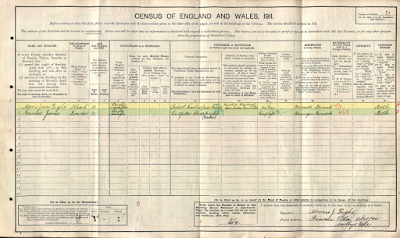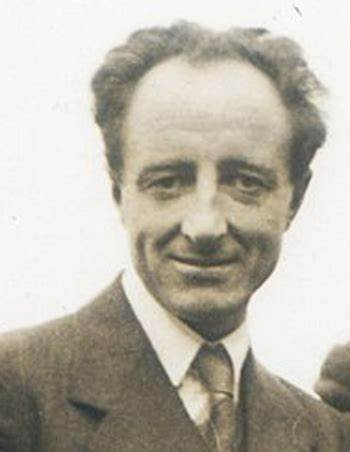Corporal M. J. Pughe
11th August 1917, The Cambrian Daily Leader, published in its Births, Marriages and Deaths Section, the death notice of Corporal M. J. Pughe.
 |
| 11th August 1917 The Cambrian Daily Leader |
So, who was M. J. Pughe?
Morris Jones Pughe was born 1880, Barmouth, Merionethshire.
Son of John and Mary Ann Pughe. At the
time, of the 1881 Census, the family were residing at Tanyfron, Llanaber,
Merionethshire. John, 35, is employed as
a joiner, and Mary Anne, 28, is employed as a Lodging Housekeeper.
 |
| 1881 Census Tanyfron, Llanaber, Merionethshire |
By the time of the 1911 Census, Morris, now aged 31, is residing at Primrose Villas, Aberfan, Merthyr Vale. Morris’s occupation is listed as School Master (Asst. Master), having been employed by Merthyr Borough Education Committee. Also residing at the property, is a boarder, Earnest Jones, 31.
 |
| 1911 Census Primrose Villas, Aberfan, Merthyr |
The next record regarding Morris, is his Attestation Papers at the time of his enlistment during 1915. His address is the same as that recording as the one used at the time of the 1911 Census. The records, indicate that Morris, married Mary Ann Evans, 15th May 1913, at Capel Gomer, Orchard Street. Mary was the daughter, of Mr William Evans, of 24 Park Street, Swansea. The couple were to have a daughter, Beryl, born 1914. Morris served with the 234th Battalion, Training Reserve.
 |
| Morris Jones Pughe headstone St. Margaret’s Churchyard, Herringfleet, Suffolk |
If we were to find Chapel Gomer today, we would find the
second chapel, situation at Carlton Terrace.
Since the 1970s, the chapel, is the Swansea Chinese Christian Church.
So, where was the original Chapel Gomer?
 |
| Chapel Gomer Orchard Street |
The first English language newspaper in Wales was The
Cambrian, published in Swansea from 1804.
Not so well-known is the fact that the Welsh language newspaper in Wales
was also published in Swansea, rather than in a predominately Welsh-speaking
part of the Principality.
 |
| Rev. Joseph Harris |
 |
| Seren Gomer 1st January 1814 |
Seren Gomer was published by David Jenkin of High Street, Swansea, and sold in about fifty places throughout Wales. It was intended as a ‘general weekly informant for the whole of the Principality of Wales’, and contained local, national and foreign news, poems, letters, details of the movement of shipping, and reports on markets and fairs. Compared with the immediacy of the contents of current newspapers, Seren Gomer of necessity often contained news translated into Welsh of events that occurred long before the publication date, which, were often updated or corrected in later reports towards the end of the same edition, as with the progress of Napoeleon’s march through France before Waterloo.
 |
| Rev. Lewis Valentine |
 |
| Saunders Lewis |
 |
| Capel Gomer Chinese Christian community |
Following her father’s death, Beryl, married
December 1939, to George Glynn Isaacs. The
marriage conducted at St. James’s Church, Muswell Hill, Middlesex. Both Beryl and George were Swansea born.
December 1939
St. James’s Church, Muswell Hill, Middlesex
George’s father, Reginald George Isaacs, occupation
on the marriage certificate is that of a University Lecturer. Having been employed at the newly opened Swansea
University as an Electrical Lecturers. For
several years, he lived at Penlan Crescent.



Comments
Post a Comment